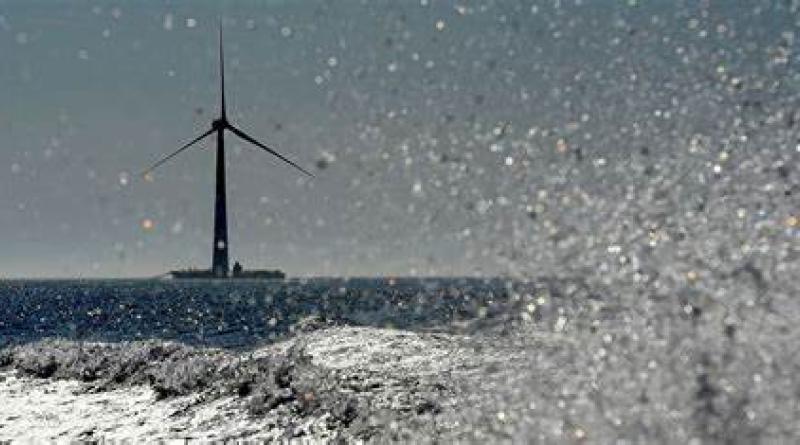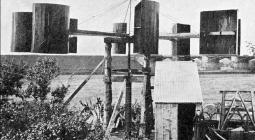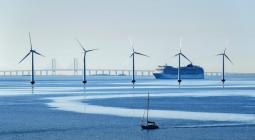'Myths around floating wind power don't help anyone – it's time to debunk them'

Floating offshore wind (FLOW) has long been hailed as the pivotal technology for the globalisation of offshore wind. It will unlock vast new areas of sea with high wind speeds, enabling offshore to reach over 1,500GW of operational capacity by 2050.
Without cost-effective FLOW, there is unlikely to be any significant offshore wind development off the US West Coast, Japan, Norway and many other markets. There are hundreds of floating offshore wind projects under development around the world.
Nevertheless, it remains a pre-commercial technology. There are no commercial-scale floating projects past final investment decision let alone in operation. Many questions remain open, such as how much will it cost, which of the 100 plus designs will be successful, or will major repairs be done at site or in port?
Unfortunately, some common myths around floating still need to be debunked. Let's look at a few of them.
Floating offshore wind will compete directly with bottom-fixed
Proponents argue that FLOW will unlock vast new areas of seabed with higher wind speeds that will outcompete bottom-fixed wind. In reality, FLOW will most almost certainly not compete on price alone, as the value for money of fixed installations is still improving.
So, it will often need a considerably higher wind speed to make it viable. Therefore, we expect that where there are options to develop either fixed or FLOW, fixed development will be first. In a few countries, such as the UK, both will be developed.
Significant capacity from Scotwind and the Celtic Sea will come after 2030 when many of the best sites for fixed are already developed. We see them, therefore, as complementing each other rather than directly competing.
The lightest substructure is the best
Proponents argue that reduced structural mass leads to lower manufacturing, transport and installation costs. The developers we spoke to value deliverability, reliability and bankability in early projects. While they are aware of innovators' lighter designs, much broader sets of decision criteria are in play.
Standardisation requires mass production of identical substructure designs
The supply chain is sometimes heard asking for standardisation and scale as the best ways to reduce costs. The reality is more nuanced than identical designs and sheer volume.
What is important is the standardisation of manufacturing parameters to allow the same facility to produce several substructure designs, and their variants for different metocean conditions or turbines.
Volume will not enable industrialisation on its own, rather it is confidence in forward orders that will enable investment. This in turn comes, for example, from supply chain collaborations and capacity reservations.
Necessity of local benefit at a single-project level
Many stakeholders ask, quite reasonably, for a 'just transition', where legacy jobs in oil and gas are migrated into the green industries of the future.
As a result local content and benefit requirements are often imposed on offshore wind projects, but we think these should look beyond individual projects' local benefit. For example, substructure industrialisation or ports investments are unlikely to pay off if facilities can only supply specific local projects.
Greater benefit arises when investments can serve many projects, perhaps across different countries. A sustainable solution may be to create supply networks that industrialise the manufacture of components, then transport them to localised final assembly.
Myths, unproven technology, a confusing number of solutions and unclear costs are far from ideal conditions for encouraging new market entrants. Potential new entrants need insight to drive better investment certainty. The right action needs clarity, understanding and informed knowledge.
To inform and educate was the motivation for development of the new Guide to a Floating Offshore Wind Farm. BVGA was commissioned to create it by the Offshore Renewable Energy Catapult on behalf of its Floating Wind Centre of Excellence, The Crown Estate and Crown Estate Scotland.





